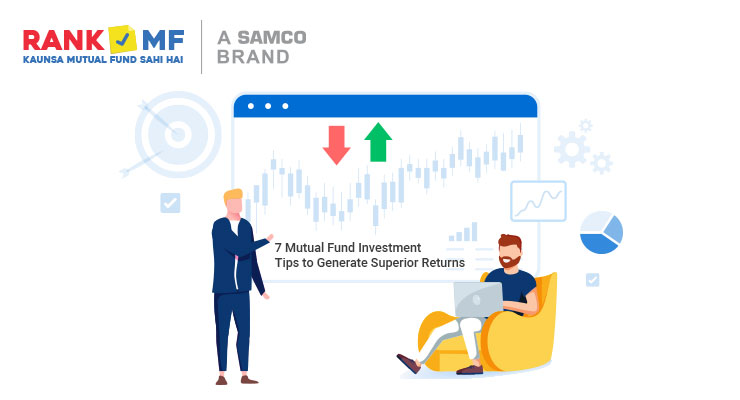Liquid mutual funds are the perfect investment option for low-risk investors. They are great for parking your bonus, surplus cash etc. But still liquid funds are not investor’s first choice. Investors still prefer bank fixed deposits over investing in liquid funds.
One of the reasons behind this is that investors do not really understand how liquid funds work. Once investors understand how liquid funds work, they will be in a much better position to choose and invest in liquid funds.

So, let us look at how liquid funds work.
There are 2 parties involved in the working of liquid funds
- The Borrowers
- The Lenders
The Borrowers: These are companies / government which need money. Typically, private and public companies and the government are borrowers. Private and public companies might need funds for working capital requirement while the government might need funds for infrastructural development, social growth etc.
When these companies or the government needs short-term funds, they issue ‘debt securities’.
When companies raise short-term debt, they issue Certificates of Deposits (CDs). But when the government raises short-term debt, it issues Treasury Bills (T-Bills).
Both CDs and T-Bills have a maturity period of 91 days. This means that the government or company is borrowing funds for only 91 days.
The Lenders: When government or companies borrow money, they do not borrow a few lakhs. They borrow hundreds of crores. Such money is not available with the general public. Hence for years, common investors did not have a way to invest in government securities. But since liquid funds pools money from lakhs of investors, retail investors today are in the position to give loan to government or companies.
So, we have 2 parties to a liquid funds working. The borrowers and the lenders. In exchange for giving money, the borrowers issue either T-Bills or CDs. These instruments are of high credit quality. They carry very little default risk. Hence liquid funds are highly safe.
The ratings to these instruments are assigned by credit rating agencies. In India, CRISIL, CARE, ICRA are top credit rating agencies. AAA rated papers are highly stable. D rated papers are junk papers. Ideally your liquid funds will only invest in those papers than carry AAA rating.
These instruments are bought and sold in the market; hence the NAV of liquid funds keep on fluctuating.
Let us see how liquid funds work with this simple example. Suppose HUL Ltd wants to raise Rs 500 crores to meet its working capital requirement. Hence it issues CDs which will mature in 91 days. Your ABC Liquid fund manager has Rs 500 Crores for investment. So, your fund manager will invest in the CD issued by HUL Ltd. In this way, HUL Ltd gets Rs 500 crores. In return it promises to pay 6% interest p.a.
After 91 days, your fund manager will return the CD back to HUL Ltd. And HUL Ltd will give back Rs 500 crore to the fund manager along with interest. This interest income will be distributed among investors.
So, when you invest in liquid funds, you are giving a 91-day loan to a company or the government. In return, you get interest income and guaranteed principal on maturity.
Like all other mutual funds, when you invest in liquid funds, you get units as per the fund’s Net Asset Value (NAV). But there is something unique about how NAV of a liquid fund works.
The NAV of equity and debt mutual funds is calculated only on working days. But the NAV of liquid mutual funds is calculated on all days. So, you can find the real market value of your liquid funds for 365 days.
For example: Suppose you want to redeem from ABC Debt Fund on Friday after 1.30 pm (the cut off time). In this case, you will get Monday’s closing NAV.
But in case of liquid fund, when you redeem on Friday, you will get Saturday’s NAV. This real-time price discovery helps you get exact market value of your investments.
Due to the liquid fund market being so active, even redemptions from liquid funds are faster than equity or debt funds.
Liquid mutual funds can be redeemed in just T+1 working days. T here stands for transaction day. This helps in case of emergencies.
For example: In case of equity funds, if you redeem on Friday, then the amount will be credited to your account on Wednesday (T+2 days). But if you redeem from a liquid fund on Friday, you will get the proceeds by Saturday.
This easy liquidity is possible since the fixed income market is highly liquid in India.
Redemption within 1 Day – 0.0070%
Redemption within 2 Days – 0.0065%
Redemption within 3 Days – 0.0060%
Redemption within 4 Days – 0.0055%
Redemption within 5 Days – 0.0050%
Redemption within 6 Days – 0.0045%
Redemption after 7 Days – Nil.
For redemption (sale of liquid funds), the cut-off time is 3.00 pm.






